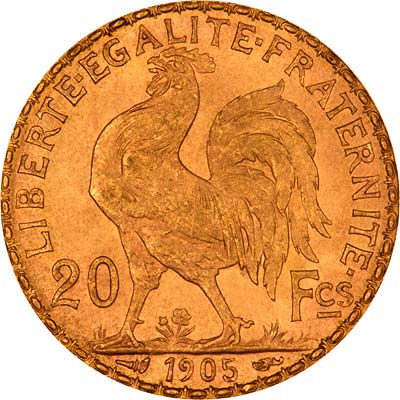 Ralph Lauren needs proper heraldic consultation--as Andrew Cusack deftly points out. I especially like their fumbling of the lions for Scotland, the Netherlands, and France...
Ralph Lauren needs proper heraldic consultation--as Andrew Cusack deftly points out. I especially like their fumbling of the lions for Scotland, the Netherlands, and France...which, oddly enough, reminds me of an old recipe I posted some years back...
Coq au Vin
The cockerel, that vain, imperious bird, stands for vigilance in the Christian tradition, and the French recently adopted it as their national symbol (by recent, I mean circa 1830). It replaced, most sadly, the fleur-de-lis, or lily, which stood for Mary, the patron saint of France. One could say the replacement had something to do with the fact that the cockerel’s Latin name, gallus, is the same as the Latin for Gaul; or that its proud strut is an apt depiction of the French national attitude; or (perhaps most accurately) that the secular powers, having overthrown l’ancien régime only a few decades earlier, felt the need to find a national emblem less steeped in Roman Catholic “myth”.
Whatever the case, the rooster, despite Napoleon’s disapproval (who said that “the cockerel has no strength; in no way can it stand as the image of an empire such as France”), has appeared on French stamps, regimental flags, national seals, gold francs, buttons on the uniforms of the National Guard, and, of all things, t-shirts. (Apparently, it’s also in danger of extinction.) And it figures in one of the most prominent French dishes of all time: coq au vin.
Coq au vin hails from the Dijon region, right in the center of Burgundy. It’s thus little surprise the dish calls for soaking the bird in rich Burgundy wine with mushrooms and shallots. Most Americans use plain chicken, but authentic coq au vin uses the Bresse cockerel--corn-fed, raised like royalty, and kept under the strict supervision of an official government board that oversees the purity of wines and other food products (known as the Appellation d’Origine Controlée--you’ll see the title stamped on certain pricier French wines). There are as many French coq au vin recipes as there are French non-practicing Catholics, ranging from l’haute cuisine to the most rustic and humble concoctions. The recipe I provide here is somewhere in between (perhaps a bit higher than the mean). If you haven’t the time or money to order corn-fed poultry from Bresse, a capon from your local grocer will do. The aged bird will take to its extended wine bath better.
It’s best to marinate the meat in wine for a full day before cooking. If you don’t have the time, you can flambé it in cognac--but having never tried that myself for fear of singing my eyebrows, I can say it’s not necessary. The dish turns out delicieux all the same.
Coq au Vin
1 capon cut into 8 or more pieces
1 bottle of full-body Burgundy wine
6 bacon slices (5 oz), diced
1/2 lb button mushrooms
A dozen shallots
2-3 cloves of garlic, mashed
2 carrots, peeled and quartered
Sunflower oil
Unsalted butter
Thyme
Bay leaf
Salt and pepper to taste
Brown the chicken pieces with oil in a skillet. Remove the chicken. Using the same skillet, add garlic and carrots and cook a few minutes.
Put the chicken, carrots, and garlic, thyme, and bay leaf in a large sauce pan. Pour the wine and add salt and pepper. Bring to a boil at moderate heat.
Cover and cook at low heat for about 2 hours.
Cook bacon, shallots, and mushrooms in skillet until brown (~10 minutes)
When the chicken is ready, add bacon, shallots, and mushrooms, and stir well.
Correct seasoning according to taste.
Serve with warm, crusty baguettes.
Bon appetit!

<< Home